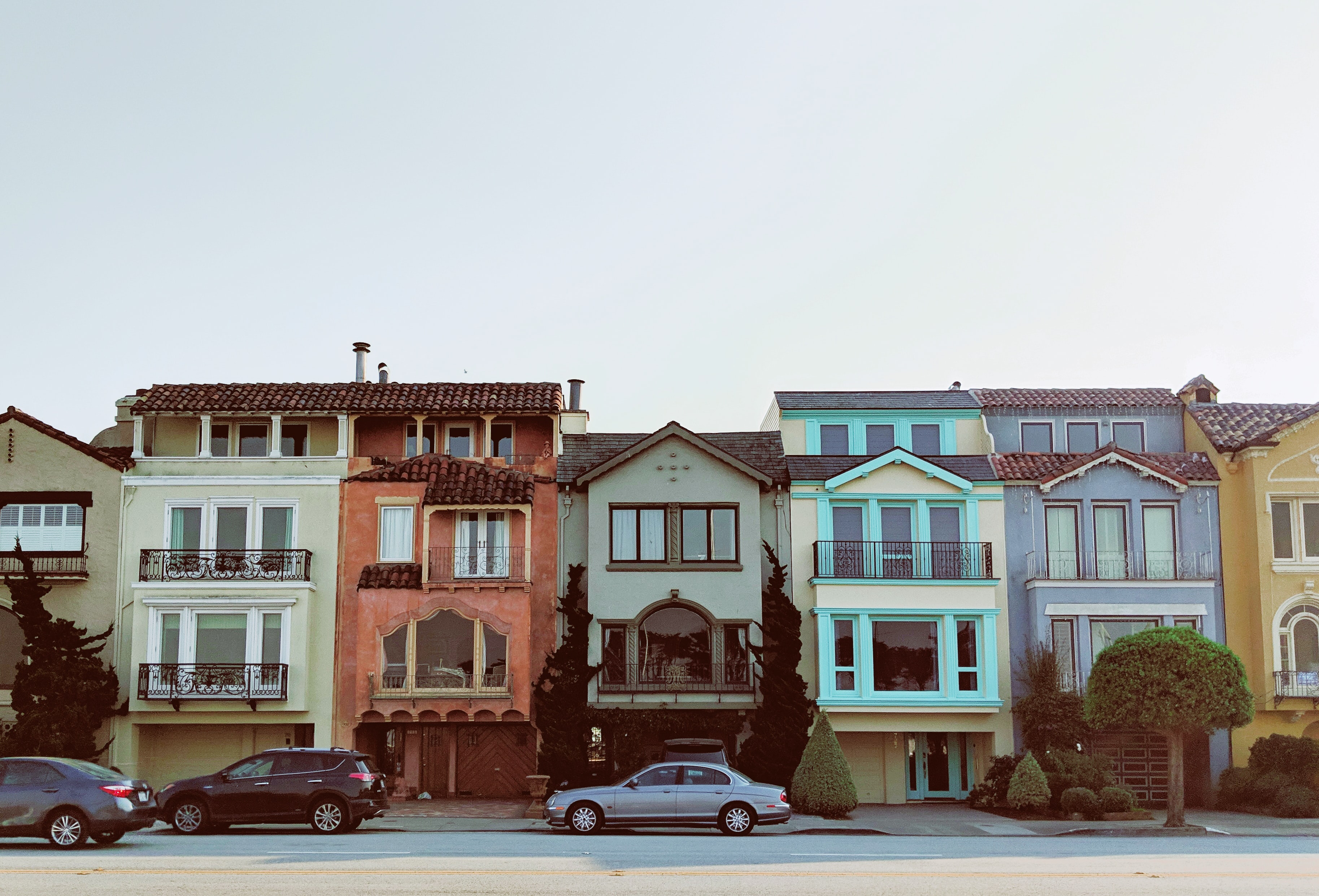
By David M. Greenwald
Executive Editor
I was reading an LA Times editorial earlier this week, with their basic argument: “LA can’t become affordable with single-family zoning.”
It was a reminder to me that, while the individual issues may differ and vary by location, everyone in California is the same boat.
In this case, Los Angeles, which adopted one of the state’s “most ambitious housing plans” is running up against the same problems as the rest of the state—resistance to actually implementing it.
The Times editorial board for instance noted that city leaders “committed to passing pro-development policies and rezoning enough land to accommodate 455,000 new units of housing, with nearly 185,000 for low-income residents.”
They write, “The plan could be transformational, and not just because the city is making room for five times more homes than in previous plans.”
The key to their plan—affordable housing in high-opportunity communities that have  “lots of jobs, good schools, transit stops, parks and other amenities.”
“lots of jobs, good schools, transit stops, parks and other amenities.”
That shouldn’t be a radical concept, but it is as it “would be a shift from historic patterns of segregation that concentrated affordable housing in lower-income, lower-resourced communities, such as South L.A. and the Northeast San Fernando Valley.”
So what’s the problem … “the city is backing off its earlier ambition — by taking single-family zones off the table for new apartments and townhomes.”
As the Editorial Board points out: “That decision will diminish the effectiveness of key programs to put more affordable housing near transit, high-opportunity communities and so-called ‘Opportunity Corridors.’”
As a result they have effectively gutted the “backbone of LA’s housing plan” and this has housing advocates wondering how “how L.A. can possibly meet state requirements to plan for half a million new homes while reducing segregation.”
Remember our story from two weeks ago: Berkeley Study Finds 96 Percent of California Residential Land Is Zoned for Single-Family Housing – Ties Directly to Racial Inequality.
The Editorial Board warns: “More than 76% of the land in affluent neighborhoods is zoned for single-family homes. Excluding those properties does not leave enough land available to build the number of affordable and mixed-income housing the city needs.”
They add, “The decision to exempt single-family zones perpetuates unfair land use patterns, a coalition of housing groups wrote last month in a letter to city leaders, and means ‘most of the city’s wealthiest and most privileged areas will remain off-limits to mixed-income multi-family housing development.’”
Why did this happen? “[O]fficials said, they were flooded by opposition from homeowners’ groups and others, and directed by the City Council to remove single-family zoning from the programs.”
This isn’t exactly the same fight as we are seeing at home. But it is an example of how strong local interests can derail even strong planning if allowed to.
We see this form of NIMBYism everywhere. People intellectually may understand (at least in most cases) that there is a housing crisis, but they are not willing to let it impact their lifestyle—whether it is building multifamily and affordable housing in their neighborhood, encroaching on their precious open space, or impacting their travel times to work or their favorite restaurant.
While things like Measure J make proper planning more difficult in places like Davis, the example from so many communities—Los Angeles is just the current example—shows that it’s not just a local problem.
For those who call for statewide planning to address a statewide problem—that’s part of what the RHNA process is supposed to incorporate—they calculate the fair share of housing that a given community must plan for.
The problem is that while we can plan for it, building it is becoming more and more expensive, and there aren’t nearly enough state and local resources to do it.
That’s the challenge we have, whether it’s in affluent parts of Los Angeles or Davis—we need to actually get housing built at a cost that is affordable to a broader and more diverse swath of people.


